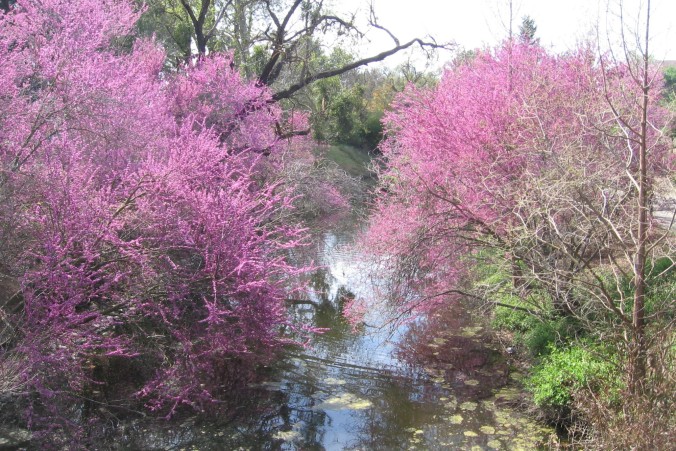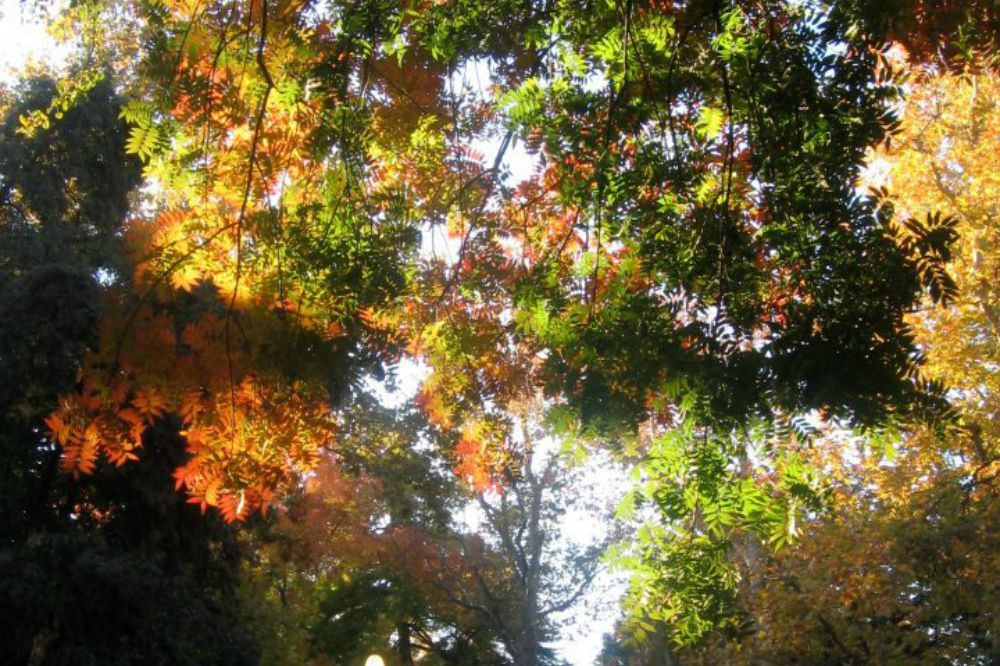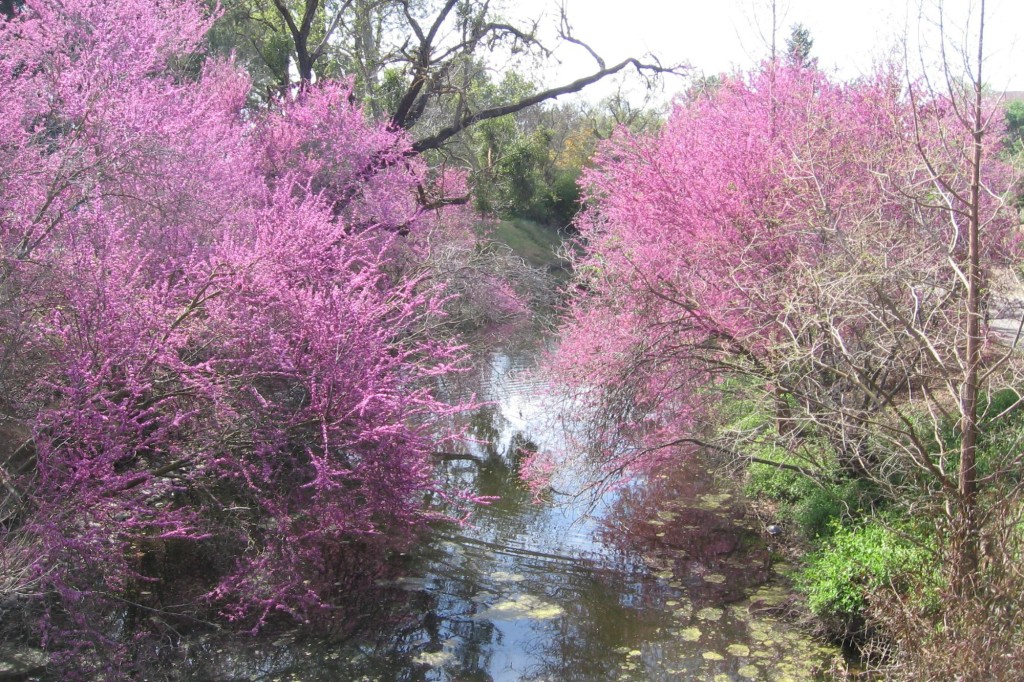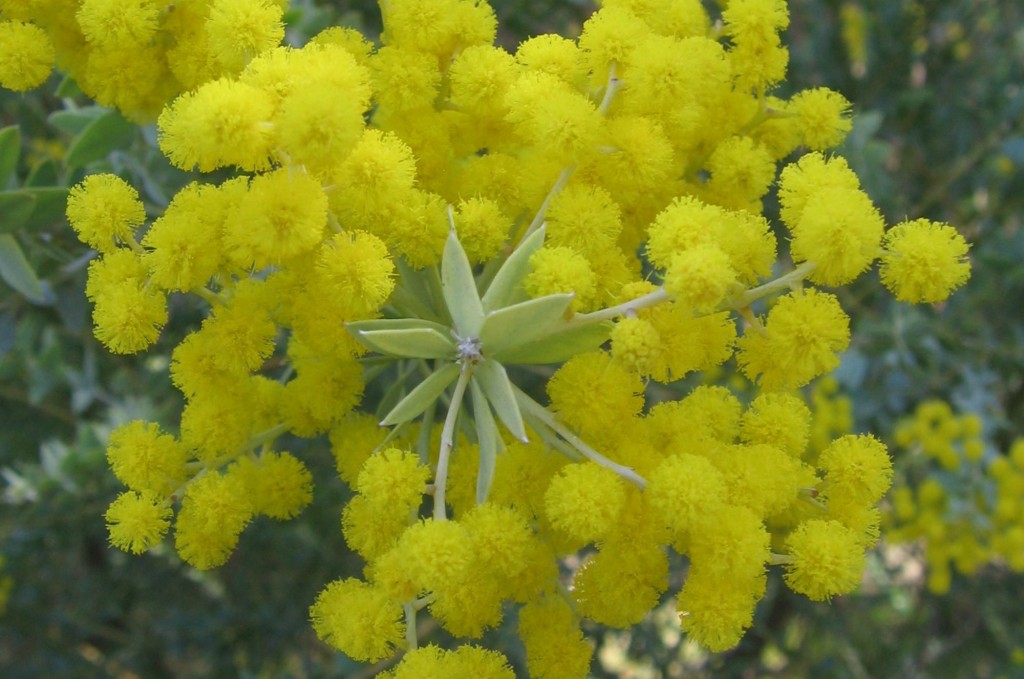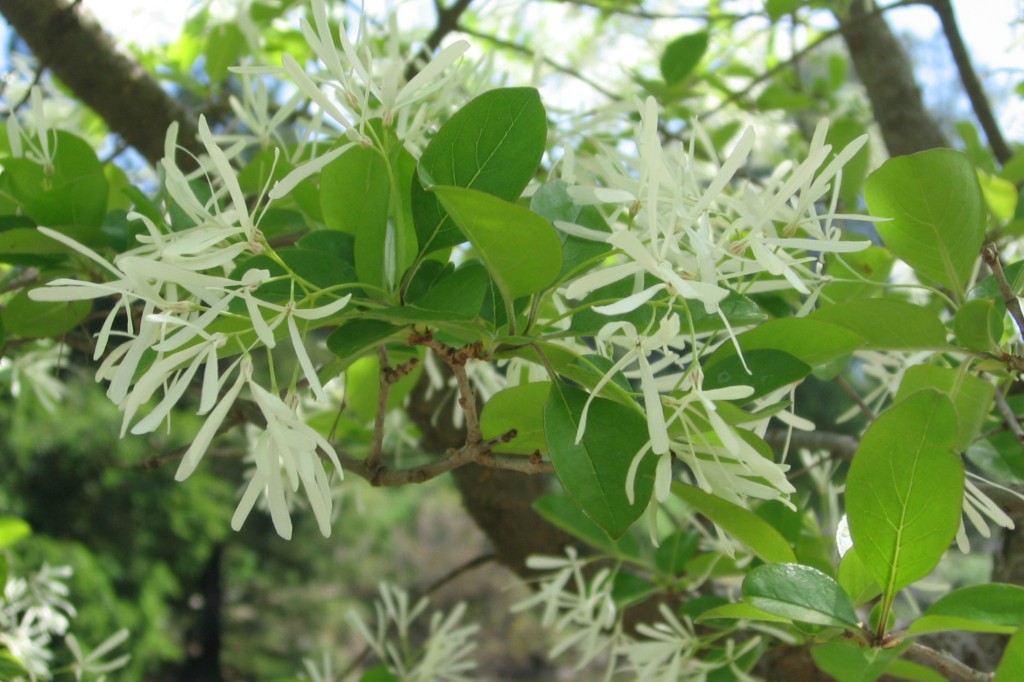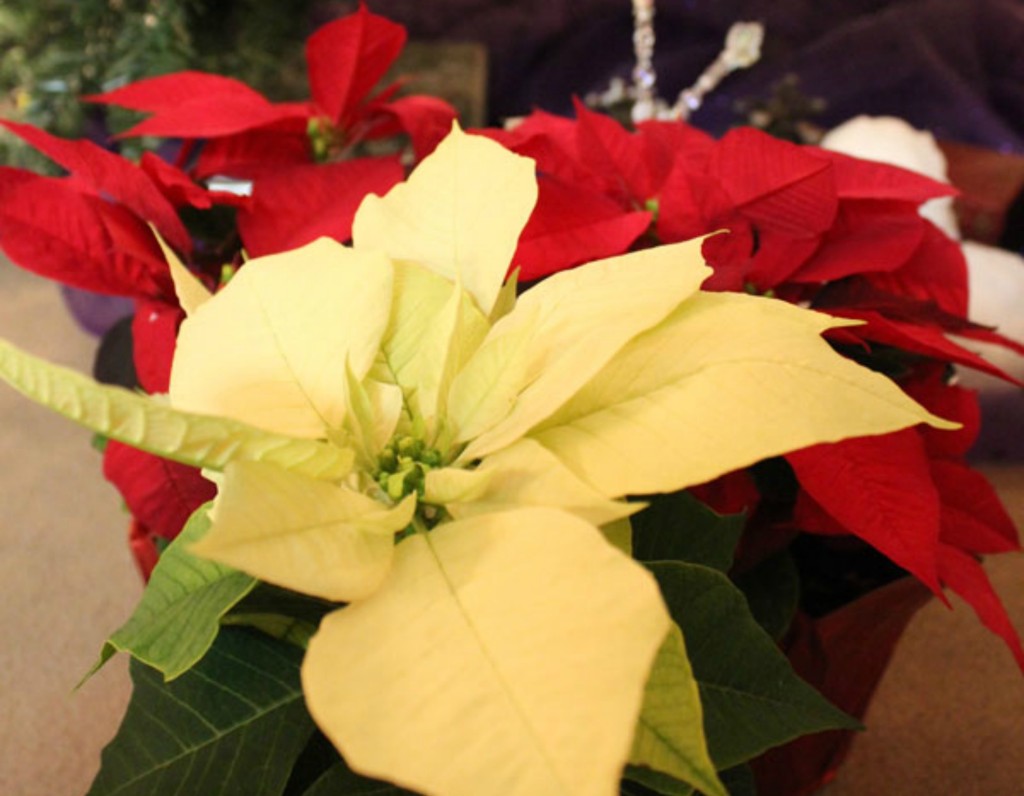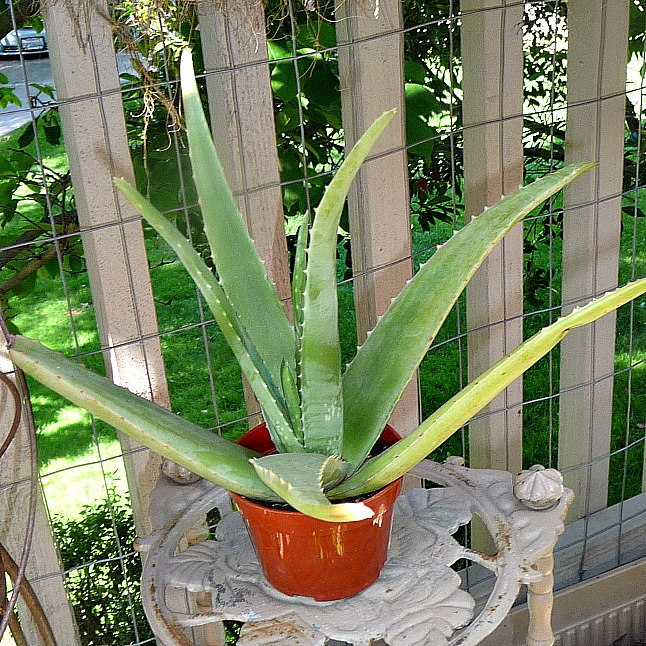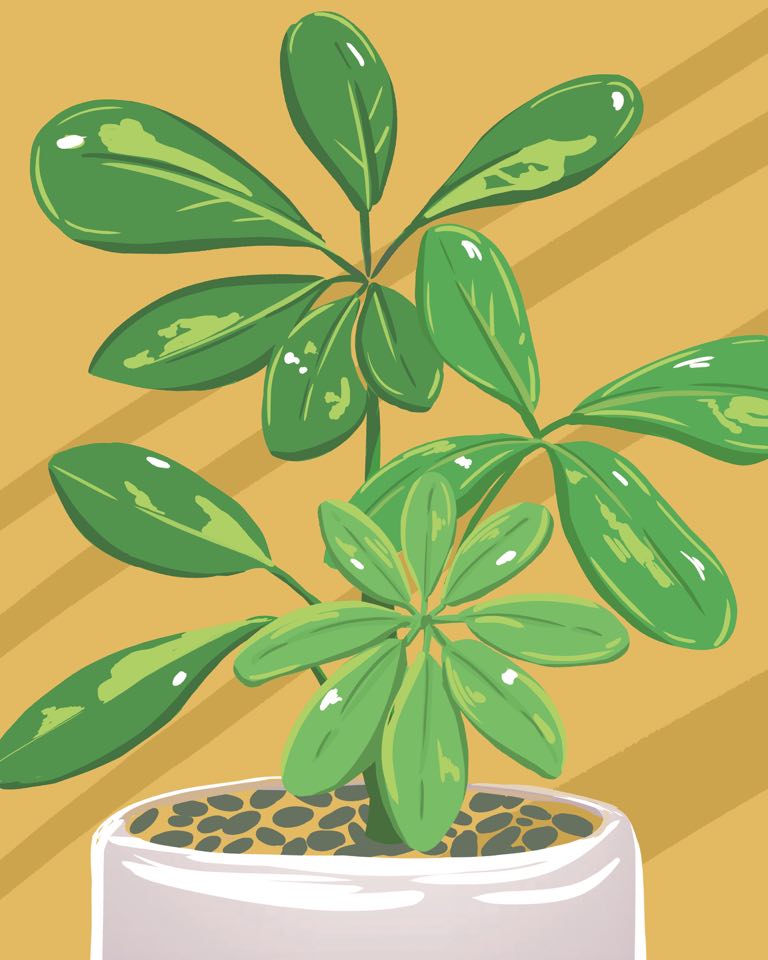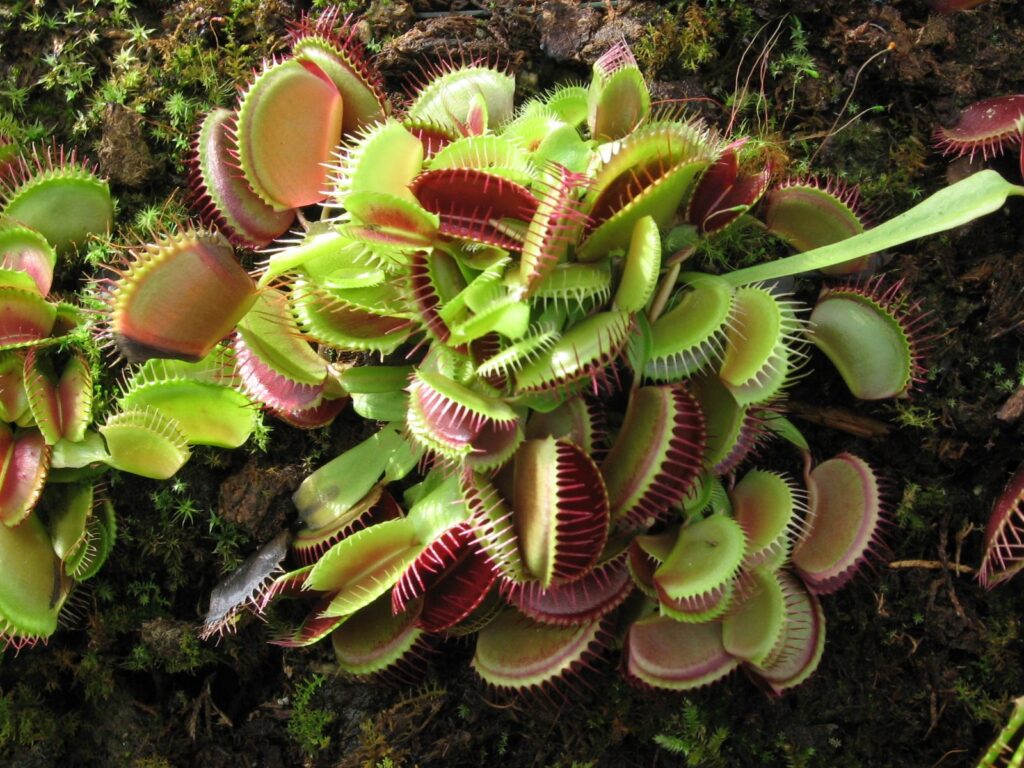Choosing a Tree
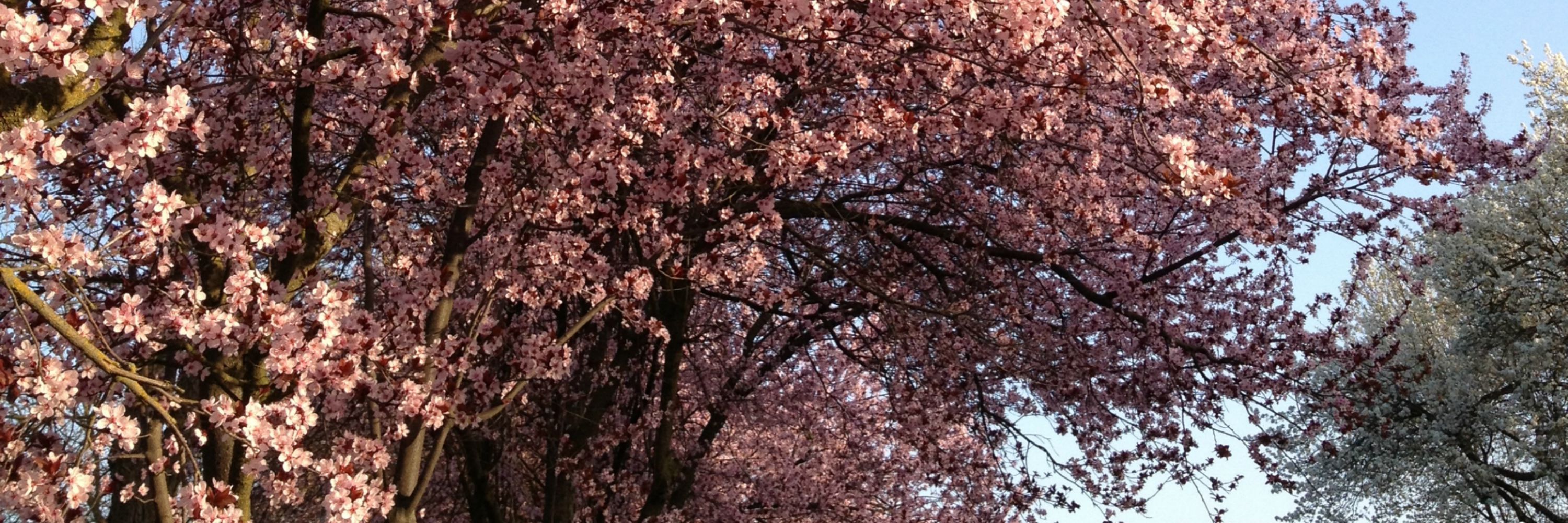
Choosing a tree is choosing an investment in the future of your landscape. Trees provide shade, block wind and help save money on home energy costs. However, not all trees are created equal.
Tree Considerations
Planting a tree is a bit more complicated than digging a hole and plopping in a tree. This article is written with the answers to important questions you need to ask before purchasing a tree.
- What size tree do I want to plant? Is there enough space in the location I’ve chosen?
- What kind of tree do I like? What characteristics appeal to me?
- What are the trees that do best where I live?
- How do I choose a healthy tree?
- Where should I shop and who can help me?
Tree Size and Location
Not all trees reach the same height and width. In general, trees are considered to be small (under 30 feet tall), medium (under 50 feet tall) and large (taller than 50 feet). Many of these trees can also be as wide as they are tall, another factor to consider.
A common mistake made when choosing a tree is not considering its final, mature height. Often trees are planted too close to power lines*, a house or sidewalk or even a neighbor’s property. The end result may be a severely pruned and disfigured tree, a tree that needs to be cut down or a tree that causes conflict between neighbors.
In order to choose the right tree, walk out to where you wish to plant the tree. Look up, down and all around. Observe power lines, sidewalks and buildings. If you plant near a power line, choose a small tree. If you want to create shade, choose a medium to large tree. If you plant a tree in lawn, it’s important to note that not all trees do well in a lawn environment. For a tree planted near sidewalk, you’ll want a tree with roots that are the least likely to root near the surface of the soil.
*Power lines are often closer to the surface than you might think. In the U.S. dial 811 to contact your local utility company and find out the location of power lines before you dig.
Tree Types and Characteristics
Trees can be divided into three categories: deciduous, evergreen or palm. Each of them has various characteristics that can help you decide what type of tree you want to plant.
Most deciduous trees lose their leaves in fall, which provides shade in summer and allows the winter sun to warm your house. Many deciduous trees turn color in fall, and may have berries or attractive bark color in winter.
Evergreen trees stay green year-round and shed their leaves and needles mostly in spring and summer. An evergreen tree or planting of evergreen trees can make an excellent wind break when correctly situated. Some evergreen trees also have interesting cones that provide food for birds and other animals.
Palm trees prefer to live in places where it is warm, and cannot withstand cold weather. A palm tree makes a great presence above a water feature as it does not drop leaves the way deciduous and most evergreen trees do. However, you’ll need to hire an arborist to maintain your palm tree every few years.
Climate
In order to select the best tree for your landscape, it helps to know your climate. If you live in the U.S., use the USDA Plant Hardiness Map and enter your zip code to find out. For Canada, use the Plant Hardiness Zones of Canada. If you live in other parts of the world, find a local agriculture center or nursery and ask questions. If you use online websites to search for trees that do well in your area, make sure to use a tree foundation or university-based resource when you do your research.An easy way to choose a tree that does well in your area is to observe the trees in your neighborhood. Decide which trees have the characteristics that you want, and then cut off a small branch sample to show a plant nursery or extension specialist/agent.
How do I choose a Tree?
A healthy tree is one that hasn’t been its container for too long. If large tree roots are growing out of the bottom of the pot, or roots are circling the rim of the pot, do not choose that tree. Be aware that many box/chain stores that sell plants do not give them excellent care and the trees may wilt or become stressed before they are sold. It’s also possible that trees sold at these stores may not do well in your area.
Your tree needs to have a central leader, which means it should have one main stem from which several smaller branches grow. You can ask the garden center personnel to make sure you have the best tree possible. I highly recommend purchasing a tree from a local nursery or garden center. They are owned and operated by horticulturalists and/or certified nursery people who have the knowledge to best answer your questions. These stores have access to high quality trees. Although the tree prices are more expensive than those found in box/chain stores, keep in mind that purchasing a tree is an investment that you want to last for many years.
Once you’ve chosen your tree, it’s time to plant! Read Planting a Tree next.
photos by Holly Guenther
